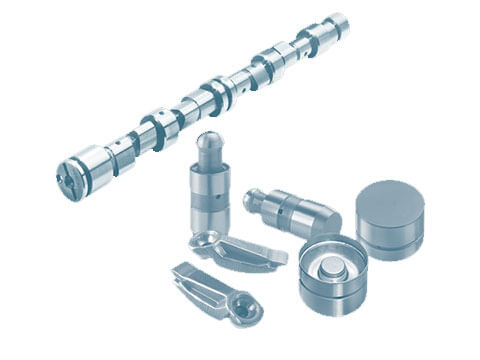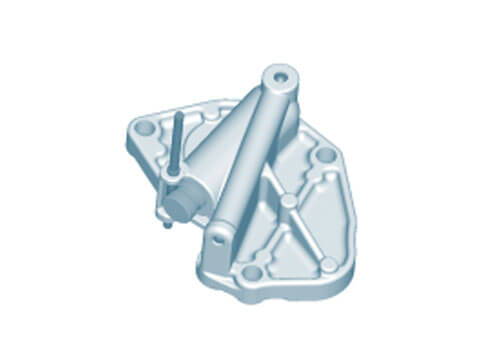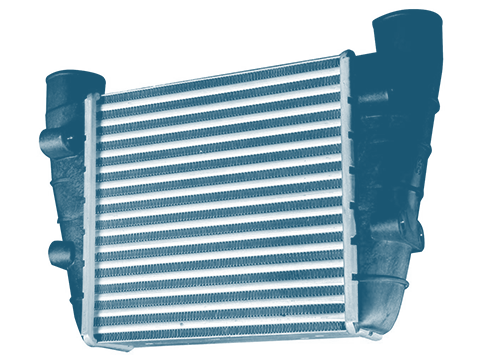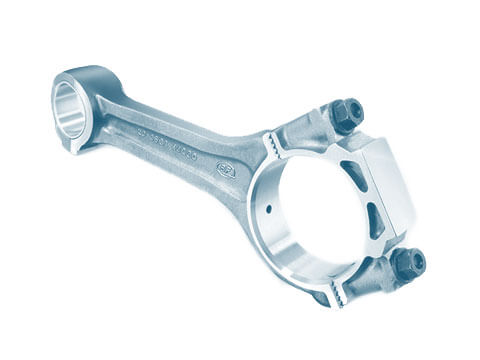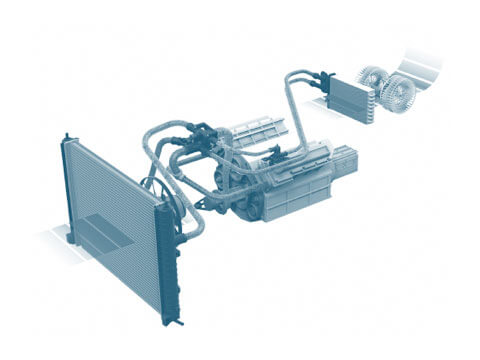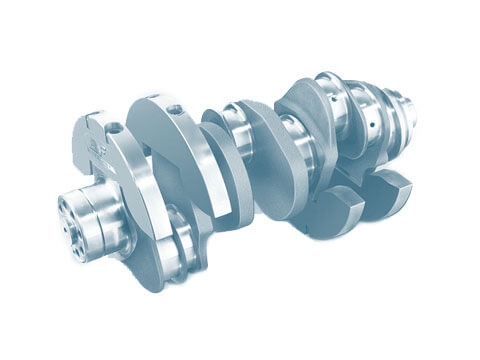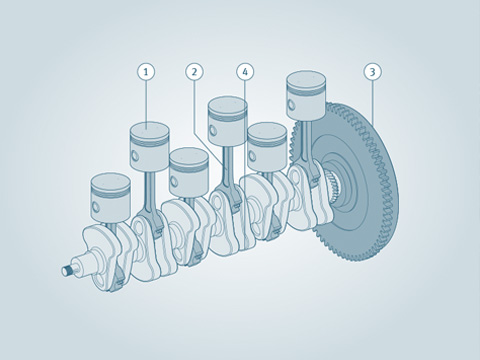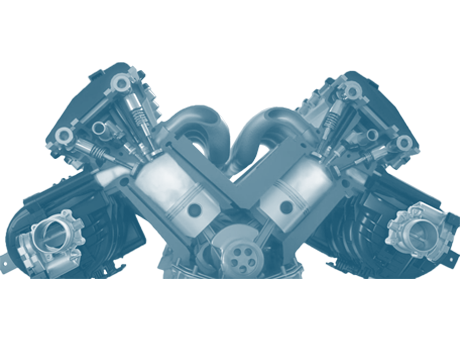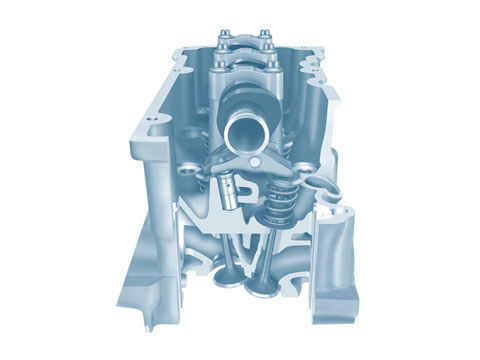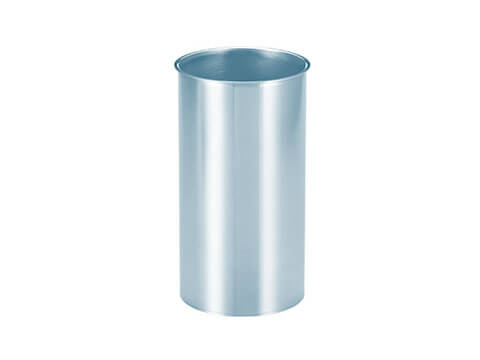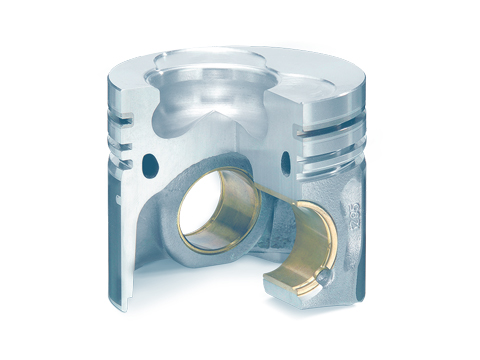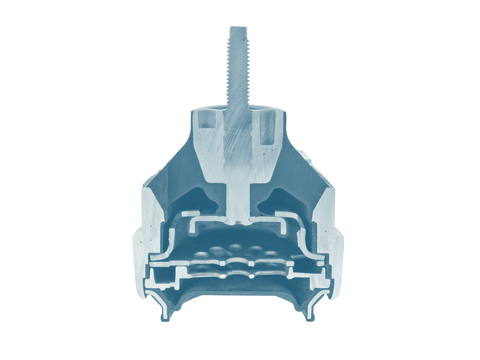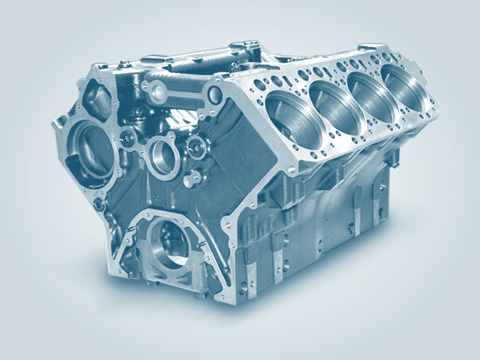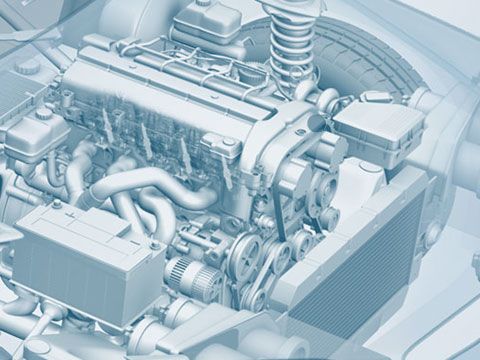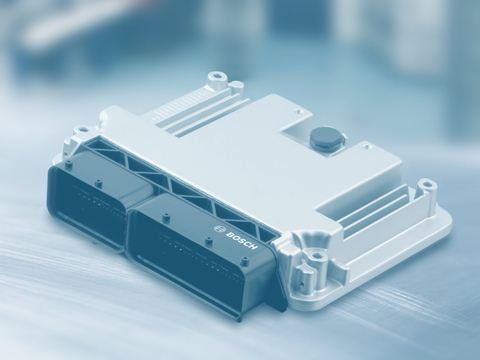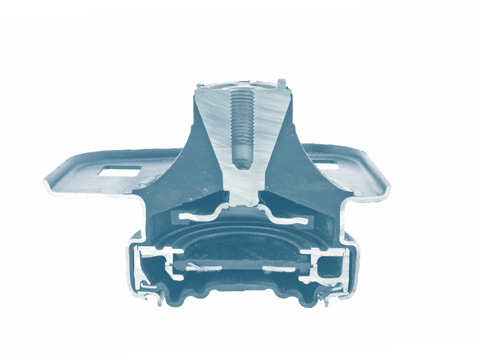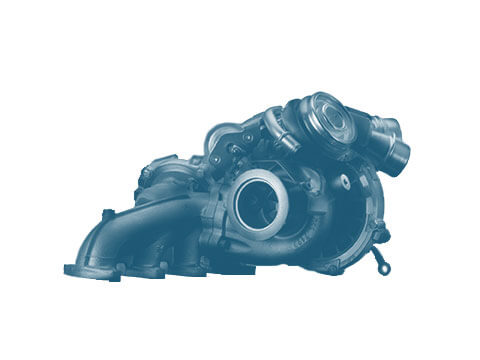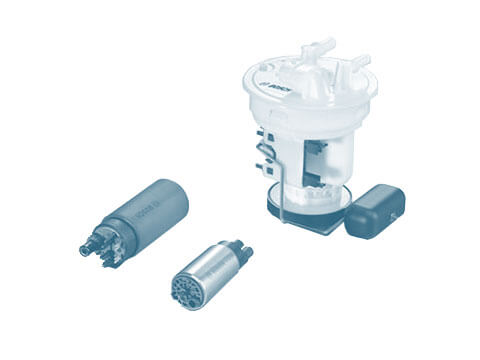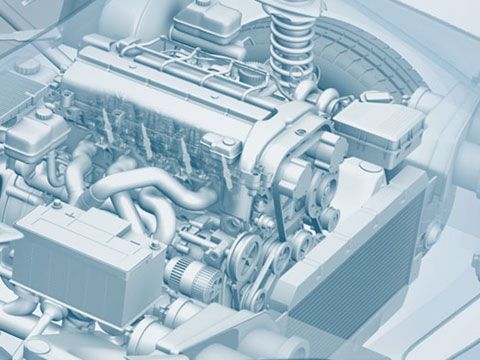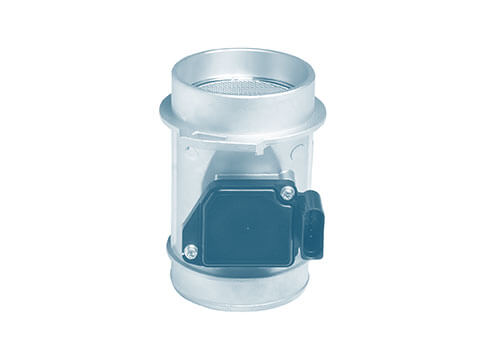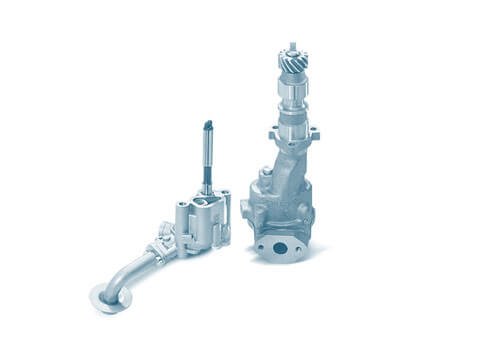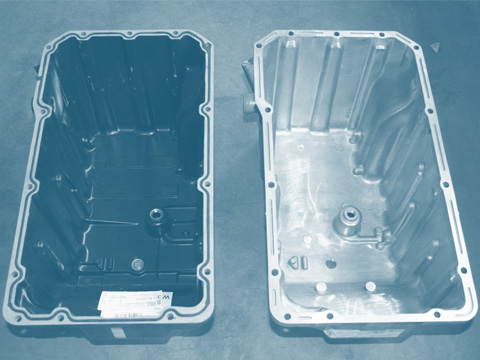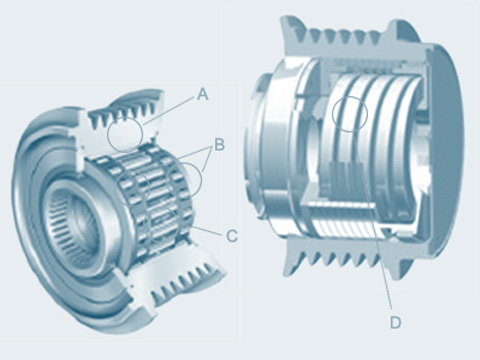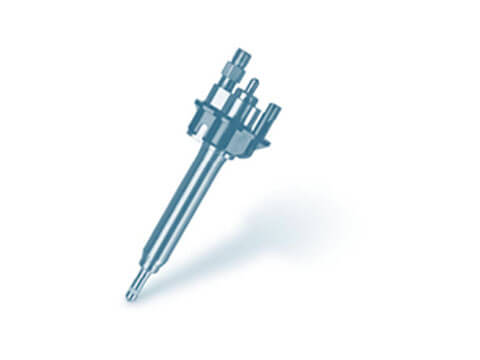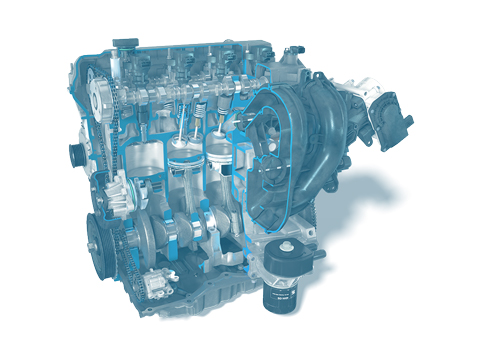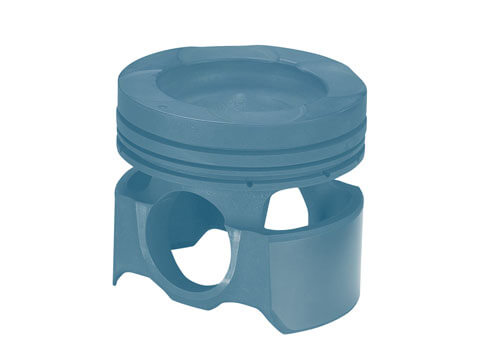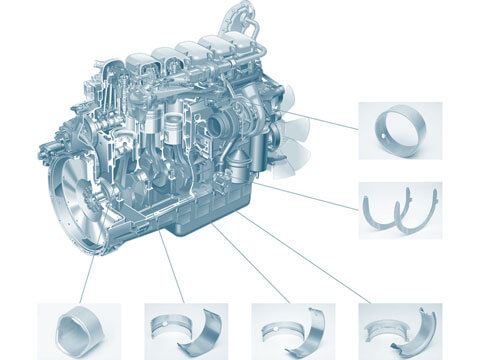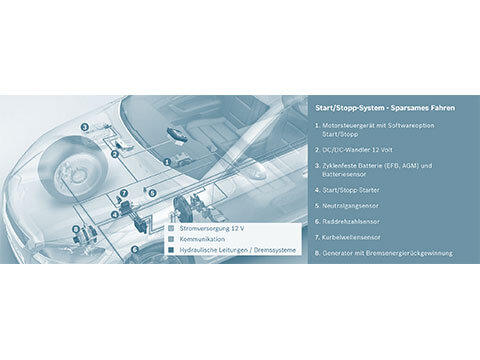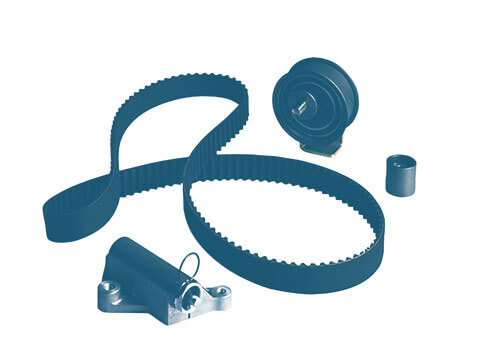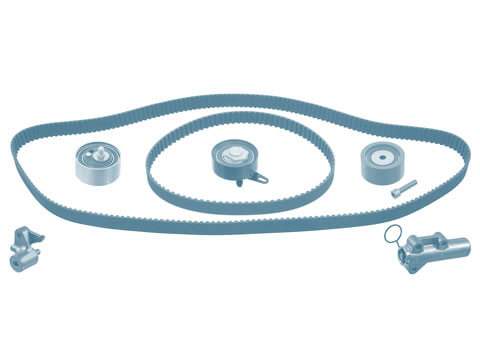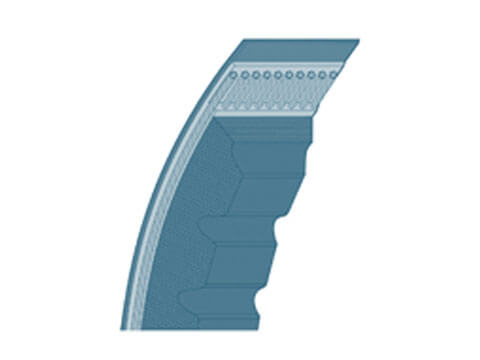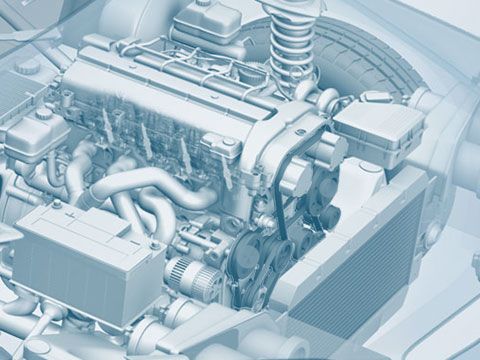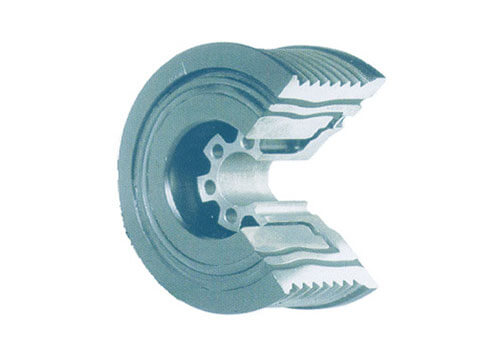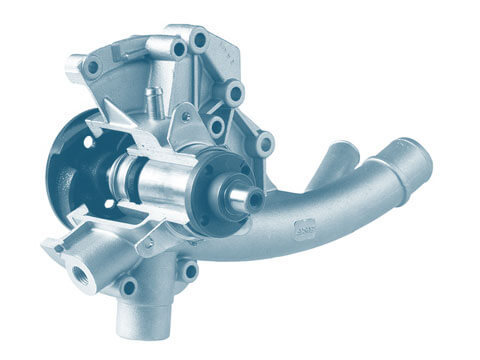Engine
Accessory drive
Function The accessory drive is responsible for driving ancillary components such as the alternator, the power steering pump, the water pump or the air conditioning compressor. V-belts or a V-ribbed belts are used to...
Belt drive components
Belt drives can be found in every modern engine. They must transmit the rotation of the crankshaft to and drive the engine control or ancillary components. The use of toothed belts to drive camshafts...
Chain drive
The chain drive in combustion engines must transmit the rotation of the crankshaft to the camshafts, thus ensuring that the valves open and close reliably and at exactly the right time. A chain is used as...
Charge-air cooler
Charge-air coolers are tasked with the reducing the elevated temperature of inducted fresh air, which increases due to the compression process in turbocharged engines.
Connecting rod
The connecting rod converts the linear up and down movement of the piston into the circular motion of the crankshaft and is therefore subject to tension, compression, bending and buckling.
Coolant
Energy is converted into heat in internal combustion engines. This heat needs to be discharged to ensure that the engine does not overheat. The engine cooling system is tasked with this function. In this system, the liquid coolant absorbs the heat and conveys it to the radiator, which gives off the heat.
Cooling (engine cooling)
In a combustion engine, the bulk of the energy contained in the fuel is converted into heat. If this heat is not effectively dissipated to the outside, the engine overheats and serious damage is caused to the engine mechanics.
Crankshaft
Combustion of the fuel-air mixture in the engine produces power. This power is transformed into rotary movement of the crankshaft.
Crankshaft drive
The crankshaft drive is the complete mechanism which converts the up and down movement of the piston in the engine into the rotary motion of the crankshaft.
Function
Cylinder deactivation
Cylinder deactivation refers to a system which reduces the fuel consumption of internal combustion engines. Its function involves some of the cylinders in the engine being temporarily stopped.
Cylinder head
The cylinder head is an engine component which seals the top of the combustion chamber. It is mounted on top of the engine housing.
Cylinder head gasket
A cylinder head gasket is a complex high-tech component primarily designed to keep the various media such as water and oil apart in the engine, as well as providing an external seal.
Diesel Engine
The diesel engine remains one of the most widely used engines today, as it is used in passenger cars, commercial vehicles, agricultural machinery, ships, and industrial applications. Like the petrol engine, the diesel engine converts chemical energy into thermal energy, which is then transformed into mechanical energy via pistons to drive the vehicle.
Electronically switchable engine mount
In vehicles, the engine mounts create a connection between the engine and the body. In contrast to conventional engine mounts, electronically switchable engine mounts can be actively controlled, and can thereby adapt to different situations.
Engine block
As the engine casing and cooling jacket, the engine block is the central element of an engine. In the
Engine control
Four-stroke engines rely on sophisticated gas exchange to run safely, efficiently and with low emissions. This means that during the intake stroke as much fresh air or fuel/air mixture as possible must...
Engine control unit
The engine control unit is at the core of modern engine control systems. It controls the fuel supply, air control, fuel injection and ignition.
Engine mounts
In vehicles, the engine mounts create the connection between the engine and the body.
Engine sealing technology
The engine gasket is a key component. It contributes to efficient, safe and cost-effective engine running. Gaskets are highly technical and complex engine components. They are used in many different forms and material compositions in modern combustion engines and assemblies (gearboxes, axles, etc.)...
Exhaust turbocharger
The exhaust turbocharger compresses the air supplied to the engine. Compared with naturally aspirated engines, cylinder filling is much better. Engine performance is increased whilst at the same...
Glow time relays
Diesel engines are compression-ignition engines. This means that an additional heat source is not needed to ignite the mixture in the cylinder. In the cylinder, the air/diesel mixture is highly compressed...
MAF sensor
The correct relationship between air mass and fuel quantity is of significance with respect to compliance with emission standards. The purpose of an MAF sensor is to determine the air mass and pass on the values to the engine management system.
Overrunning alternator pulley
The overrunning alternator pulley is a more advanced development of the fixed pulley on the alternator. It ensures that the belt drive operates quietly and smoothly.
Overrunning belt pulleys
Function unlike electric motors, combustion engines exhibit non-uniform rotation. The four-stroke principle dictates that the crankshaft is continuously accelerated and decelerated the accessory drive...
Petrol direct injection
Petrol direct injection is a term used to describe a method of fuel injection for petrol and diesel engines. The process involves injecting fuel directly into the combustion chamber.
Petrol Engine
The petrol engine remains the most widely used engine in passenger vehicles. By burning fuel, it converts chemical energy into thermal energy, which is then transformed into mechanical energy via pistons to drive the vehicle.
Plain bearings
Function Plain bearings support and guide moving components inside the engine. Their primary purpose is to facilitate the virtually wear-free rotation of these components. Plain bearings comprise one...
Stop-start system
A stop-start system is an automatic system designed to reduce fuel consumption.
Tensioning pulleys and deflection rollers
In modern engines, the vast majority of ancillary components such as alternators, power steering pumps, water pumps and air conditioning compressors are driven by V-ribbed belts. Toothed belts are...
Timing drive
The timing drive must drive the camshafts and thus control the opening and closing of the valves. The timing drive can be implemented with a belt drive, a timing chain or spur gears. These timing options all...
Toothed belt
The toothed belt controls the precision combustion process in the engine. It is driven by the crankshaft and controls the camshaft, which actuates the valves. The valves must be opened and closed at the correct time...
V-ribbed belts
The V-ribbed belt is a further development of the V-belt and works according to the same principle: It acts as a transmission belt, connects the V-belt pulleys and transmits the force from...
Vibration dampers
Four-stroke piston engines exhibit non-uniform rotation. The separate strokes (suction, compression, power, exhaust) combined with the firing order of the individual cylinders dictate that the crankshaft is...
Water pump
So that the cooling system can release the heat generated by the engine in the best possible way, the coolant must circulate in the system. The water pump must drive the coolant and safeguard...



